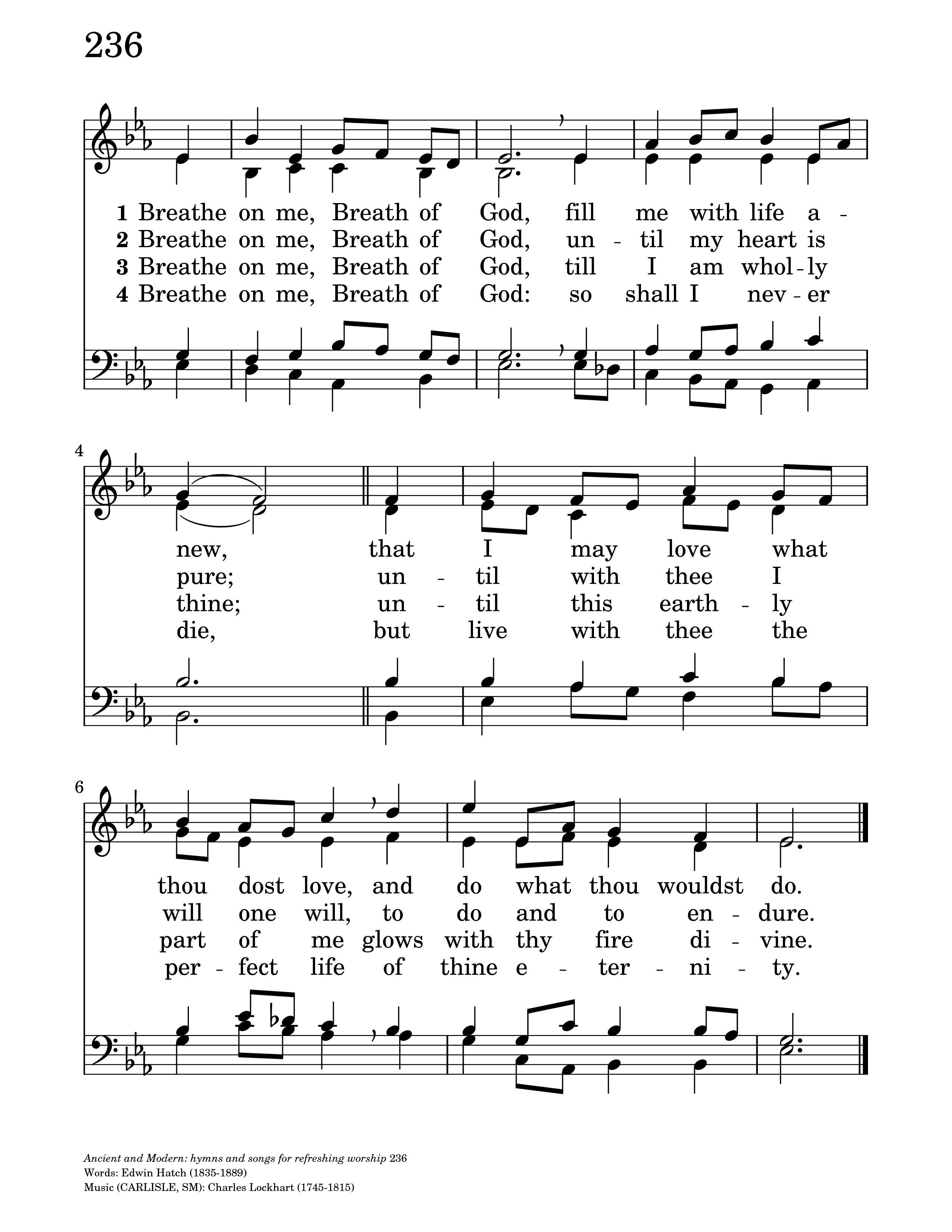Beautiful Star Of Bethlehem
Oh Beautiful Star of Bethlehem
Shining afar through shadows dim
Giving the light for those who long have gone
Guiding the wise men on their way
Unto the place where Jesus lay
Oh Beautiful Star of Bethlehem shine on.
Oh Beautiful Star of Bethlehem (Star of Bethlehem)
Shine upon us until the glory dawns.
Give us a light to guide the way
Unto the land of perfect day
Oh Beautiful Star of Bethlehem, shine on (shine on)
Oh Beautiful Star the hope of light
Guiding the pilgrims through the night
Over the mountains till the break of dawn
Into the light of perfect day
It will give out a lovely ray
Oh Beautiful Star of Bethlehem shine on (shine on)
Oh Beautiful Star the hope of rest
For the redeemed the good and blessed
Yonder in glory when the crown is won
Jesus is now the star divine
Brighter and brighter he will shine
Oh Beautiful Star of Bethlehem shine on (shine on)
The hymn "Beautiful Star of Bethlehem" is a beloved Christmas song that has touched the hearts of many with its simple yet profound message. The hymn celebrates the guiding light of the Star of Bethlehem, which led the wise men to Jesus, the Savior of the world, and serves as a metaphor for Christ himself as the ultimate guiding light for believers.
Background of the Hymn:
- Composition and Authorship: "Beautiful Star of Bethlehem" was written by R. Fisher Boyce in 1938. Boyce, a native of Tennessee, composed the hymn while sitting in his milk barn in the rolling hills of Tennessee. He had a deep passion for gospel music and often found inspiration in the beauty of the rural landscapes around him.
- Music Arrangement: The melody was arranged by Adger M. Pace, a noted gospel music composer who contributed to the popularity of the song by refining its musical structure.
Popularity:
The hymn became widely popular after its publication in the 1940s through the "Stamps-Baxter" songbooks, which were widely used in church singing conventions. Over the years, it has been performed and recorded by numerous gospel, bluegrass, and country artists, including The Judds, Patty Loveless, Emmylou Harris, and others. Its timeless appeal lies in its heartfelt lyrics, celebrating the hope, guidance, and light that Jesus Christ provides to His followers.
Meaning:
- The Star of Bethlehem serves as a powerful symbol in the hymn, representing the light of Christ that leads believers out of darkness and into salvation.
- Each verse emphasizes different aspects of the star's significance:
- Hope of Light: Guiding pilgrims through life's journey.
- Hope of Rest: Offering peace and eternal glory for the redeemed.
- Divine Nature of Christ: Shining brighter and brighter as the "star divine."
This hymn is a staple in Christmas celebrations and often brings a sense of reverence and joy, reminding listeners of the miraculous events of Christ's birth and the hope it brings to the world.














